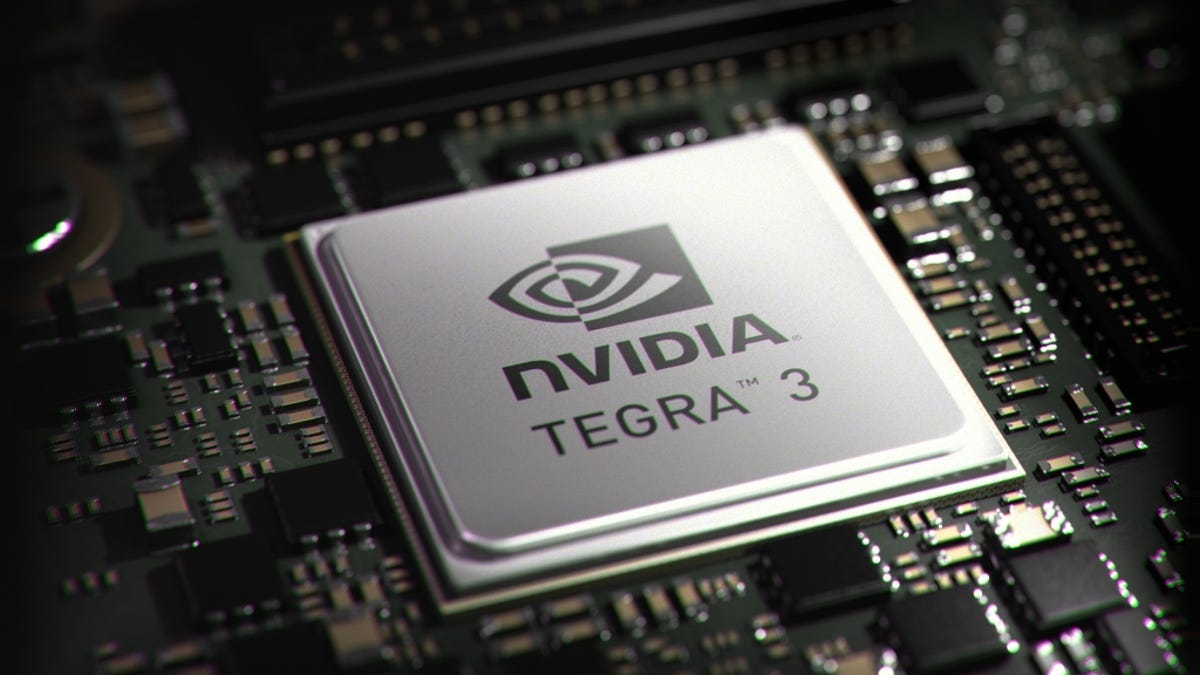Nvidia's Tegra 3 CPU increases performance while saving power
Nvidia's Tegra 3 CPU takes over where Tegra 2 left off, with high performance and lower power consumption.

The Nvidia Tegra 2 was the new hotness earlier this year as Honeycomb tablet after Honeycomb tablet embraced its dual-core architecture. Now, it's garbage.
On Tuesday, Nvidia officially unveiled the Tegra 2's successor, announcing the quad-core Tegra 3 CPU. The CPU will debut inside the Asus Transformer Prime in December and according to Nvidia, it'll offer up to three times the graphics performance of Tegra 2, and up to 61 percent lower power consumption.
Nvidia intends to achieve this lower power draw by implementing a technique called Variable Symmetric Multiprocessing (vSMP). The Tegra 3 is actually built with five CPU cores: four for high performance and one low-performance core, known as the companion core.
For games, Web page loading, and other tasks requiring lots of horsepower, the four main cores are employed to deliver data quickly; however, for listening to music, watching HD video, or running background tasks, the lower power companion core steps in to handle things. Through this juggling of responsibilities, the CPU uses less overall power.
Nvidia says performance improvements over Tegra 2 will come in a number of ways. Smoother Web page scrolling (without visible clipping); up to two times faster Flash performance with higher frame rates and smoother animation; smoother steaming-video performance; up to three times faster HTML5 and Web GL performance; faster photo editing and video encoding; and smoother frame rates, and more particle and shader effects in games.
The Tegra 3 quad-core CPU is joined by a 12-core Nvidia GeForce GPU. Gamers who prefer control pads to touch screens and 50-inch screens to 10-inch ones will be pleased by Tegra 3's embedded support to stream games to a TV and use either a PlayStation 3 or Xbox 360 controller to play.
Forty games that make use of Tegra 3's advanced performance are expected to be available by the end of 2011. Nvidia says that more than 15 Tegra 3 games are under development for Tegra Zone, Nvidia's Android Market app, which showcases the best games optimized for the Tegra processor.
The Asus Eee Pad Transformer debuts in December starting at $499. Expect more Tegra 3 devices to be announced in the coming months.

